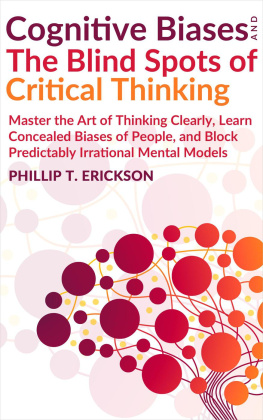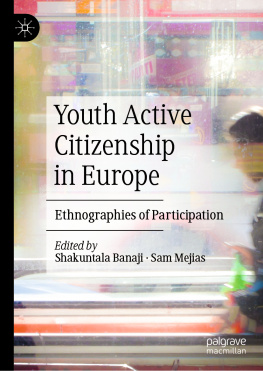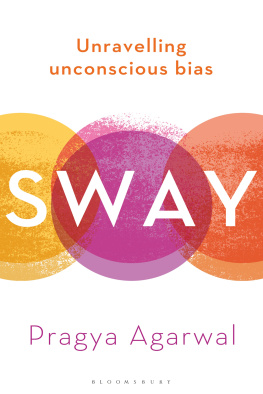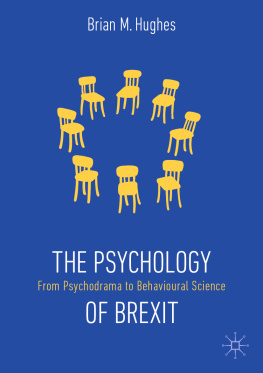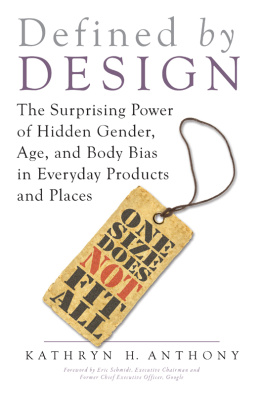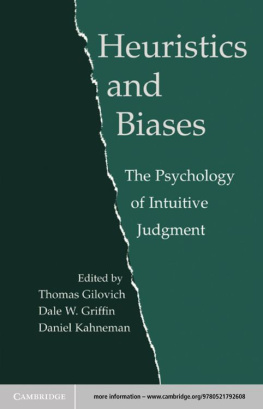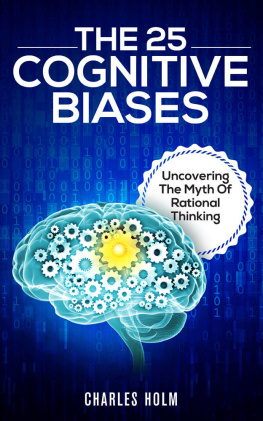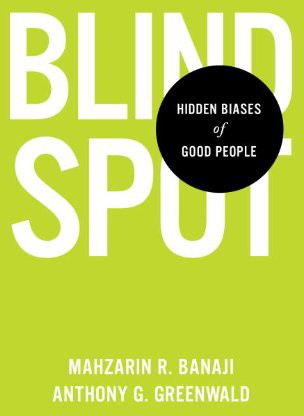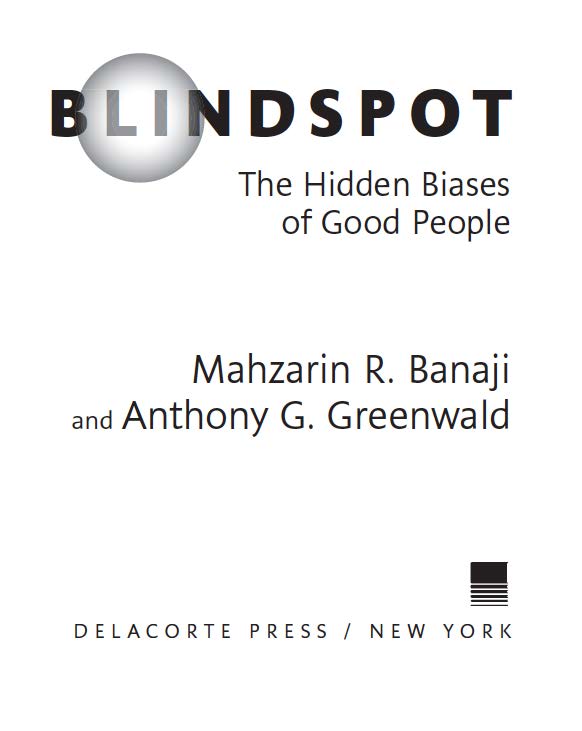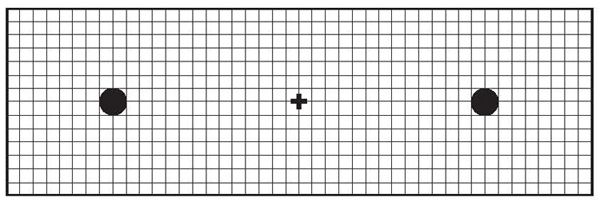Mahzarin R. Banaji - Blindspot: Hidden Biases of Good People
Here you can read online Mahzarin R. Banaji - Blindspot: Hidden Biases of Good People full text of the book (entire story) in english for free. Download pdf and epub, get meaning, cover and reviews about this ebook. year: 2013, publisher: Delacorte Press, genre: Religion. Description of the work, (preface) as well as reviews are available. Best literature library LitArk.com created for fans of good reading and offers a wide selection of genres:
Romance novel
Science fiction
Adventure
Detective
Science
History
Home and family
Prose
Art
Politics
Computer
Non-fiction
Religion
Business
Children
Humor
Choose a favorite category and find really read worthwhile books. Enjoy immersion in the world of imagination, feel the emotions of the characters or learn something new for yourself, make an fascinating discovery.
- Book:Blindspot: Hidden Biases of Good People
- Author:
- Publisher:Delacorte Press
- Genre:
- Year:2013
- Rating:3 / 5
- Favourites:Add to favourites
- Your mark:
Blindspot: Hidden Biases of Good People: summary, description and annotation
We offer to read an annotation, description, summary or preface (depends on what the author of the book "Blindspot: Hidden Biases of Good People" wrote himself). If you haven't found the necessary information about the book — write in the comments, we will try to find it.
I am able to assess others in a fair and accurate way.
These self-perceptions are challenged by leading psychologists Mahzarin R. Banaji and Anthony G. Greenwald as they explore the hidden biases we all carry from a lifetime of exposure to cultural attitudes about age, gender, race, ethnicity, religion, social class, sexuality, disability status, and nationality.
Blindspot is the authors metaphor for the portion of the mind that houses hidden biases. Writing with simplicity and verve, Banaji and Greenwald question the extent to which our perceptions of social groupswithout our awareness or conscious controlshape our likes and dislikes and our judgments about peoples character, abilities, and potential.
In Blindspot, the authors reveal hidden biases based on their experience with the Implicit Association Test, a method that has revolutionized the way scientists learn about the human mind and that gives us a glimpse into what lies within the metaphoric blindspot.
The titles good people are those of us who strive to align our behavior with our intentions. The aim of Blindspot is to explain the science in plain enough language to help well-intentioned people achieve that alignment. By gaining awareness, we can adapt beliefs and behavior and outsmart the machine in our heads so we can be fairer to those around us. Venturing into this book is an invitation to understand our own minds.
Brilliant, authoritative, and utterly accessible, Blindspot is a book that will challenge and change readers for years to come.
Praise for Blindspot
Conversational . . . easy to read, and best of all, it has the potential, at least, to change the way you think about yourself.Leonard Mlodinow, The New York Review of Books
Accessible and authoritative . . . While we may not have much power to eradicate our own prejudices, we can counteract them. The first step is to turn a hidden bias into a visible one. . . . What if were not the magnanimous people we think we are?The Washington Post
Banaji and Greenwald deserve a major award for writing such a lively and engaging book that conveys an important message: Mental processes that we are not aware of can affect what we think and what we do. Blindspot is one of the most illuminating books ever written on this topic.Elizabeth F. Loftus, Ph.D., distinguished professor, University of California, Irvine; past president, Association for Psychological Science; author of Eyewitness Testimony
A wonderfully cogent, socially relevant, and engaging book that helps us think smarter and more humanely. This is psychological science at its best, by two of its shining stars.David G. Myers, professor, Hope College, and author of Intuition: Its Powers and Perils
[The authors] work has revolutionized social psychology, proving thatunconsciouslypeople are affected by dangerous stereotypes.Psychology Today
An accessible and persuasive account of the causes of stereotyping and discrimination . . . Banaji and Greenwald will keep even nonpsychology students engaged with plenty of self-examinations and compelling elucidations of case studies and experiments.Publishers Weekly
A stimulating treatment that should help readers deal with irrational biases that they would otherwise consciously reject.Kirkus Reviews
Mahzarin R. Banaji: author's other books
Who wrote Blindspot: Hidden Biases of Good People? Find out the surname, the name of the author of the book and a list of all author's works by series.


